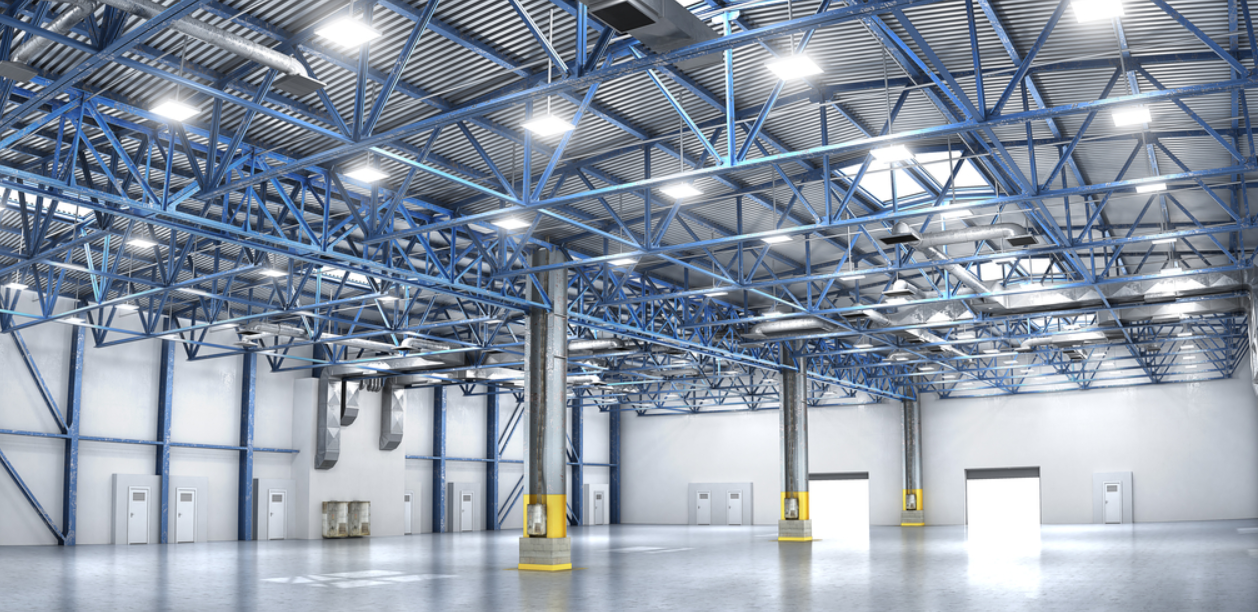[ad_1]

This year, a critical agenda item for business leaders is the strategic consolidation of systems and technology stacks. The driving force behind this move? A quest to streamline operations, significantly cut costs, and mitigate risks. At the heart of this transformative strategy lies the challenge of addressing and minimizing technical debt associated with legacy systems.
Technical debt is a multifaceted issue, stemming from factors including the chronic underfunding of IT infrastructure, widening discrepancies between user needs and existing technological solutions, and a depletion of critical system knowledge as the architects behind these systems retire or move on. Anecdotes are rife of Cobol programmers being lured out of retirement with offers to more than double their earnings, highlighting the measures companies are taking to bridge these gaps.
These gaps not only make system maintenance management and upgrades a daunting and expensive task but also severely restrict an organization’s ability to adapt or extend its systems to tackle emerging challenges. This inertia acts as a significant barrier to innovation, curbing an organization’s agility and its capacity to evolve alongside its customers or to pivot into new markets successfully.
It’s not just software development that is experiencing these issues. It also spans the management of the system and environments in which they run, with a survey of 500 UK businesses revealing almost all have talent shortages in technology.
The scarcity of data experts is hampering efforts to wrangle maximum value out of data from inside and outside a business – a growing need among businesses as we move into the era of AI where data is a prime asset. Even for companies not on the brink of a major AI rollout, the necessity for fast access to reliable data for critical operations, decision-making, and crafting personalized customer experiences is paramount.
Managing Director, InterSystems UK & Ireland.
A strategic imperative
Addressing technical debt transcends mere operational upkeep; it’s a strategic imperative that demands attention. As organizations evolve, decision-makers are tasked with a critical balancing act: determining whether to maintain or overhaul their aging tech infrastructure. This challenge is especially pronounced in sectors like banking and financial services, where each merger, acquisition, or launch compounds the complexity of existing systems.
Amidst this complexity, emerging technologies like data fabrics, cloud computing platforms with auto adaptive functionality that offer functional composability using no or low code, and Generative AI tools for coding, present opportunities to innovate. Yet, the rapid pace of technological evolution carries the risk of inadvertently accumulating new technical debt—a risk that, while difficult to quantify, looms large.
Creating a blueprint for modernization
The journey towards modernization necessitates a holistic approach that encompasses cultural and process changes, not just technological upgrades. Success in this endeavor, particularly in the face of a prevalent skills gap, requires a focus on initiatives that align with core business goals and promise a solid return on investment. Garnering widespread support hinges on clearly articulating the existing challenges that modernization aims to resolve, showcasing potential efficiency gains and bottom-line benefits.
Identifying the most pressing cases for modernization involves a thorough evaluation of existing systems, focusing on those that significantly hinder operational efficiency or degrade the customer experience. Key indicators such as system downtime, maintenance expenses, user feedback, and congruence with current business objectives are critical in this analysis.
Systems plagued by instability, demanding excessive manual oversight, or are incompatible with emerging technologies emerge as the top candidates for modernization. Targeting these areas for improvement not only boosts operational efficiency and customer satisfaction but also ensures that investments are directed towards initiatives with the greatest potential impact.
A focus on specific, high-impact areas will highlight early wins to a broad range of stakeholders, building momentum and support for ongoing modernization plans. For instance, upgrading an outdated customer relationship management (CRM) system might directly enhance customer experiences and sales, serving as a compelling proof point for the broader modernization agenda.
Allaying concerns over business continuity
The apprehension among senior leadership regarding the scale of modernization efforts and the potential risks to business continuity during the adoption of cutting-edge technologies is often over-played. Concerns that critical business data flows might be jeopardized are increasingly becoming outdated, thanks to advancements in data management technologies.
The evolution towards more sophisticated data management strategies, such as the implementation of smart data fabrics, is addressing these challenges head-on. This approach is particularly beneficial for organisations aiming for rapid access to high-quality, AI-ready data that is dependable, trusted, and accurate. This architectural approach underpins modernised systems without the need for replacement. The fabric brings the data together for analysis as required, without disruptive restructuring of the way information is held.
Using a smart data fabric, organizations can continue to extract value from their current systems, while concurrently advancing their modernization agenda. This dual-path strategy ensures that organizations can continue their operations without interruption, all the while laying the groundwork for a more agile, data-driven future.
Reducing cybersecurity vulnerabilities
As technology evolves, so do the tactics of cybercriminals, making it harder to protect legacy systems without another layer of data security that is easy to manage.
Reducing technical debt in this area will help organizations to significantly lower their risk profile, protect sensitive data, and streamline compliance with regulations. Automating and streamlining reporting through enhanced data management is a major gain in efficiency and compliance, boosting relationships with regulators as well as reducing cost. This is particularly vital in sectors such as finance, healthcare, and retail, where the integrity of data security and privacy is crucial.
Conclusion
In essence, tackling technical debt by consolidating technology stacks isn’t just about cost-saving; it’s a strategic imperative for businesses aiming to remain competitive and agile in an ever-changing landscape. Modernizing data management practices allows businesses to address the challenges associated with technical debt effectively, without the need for significant disruptions, paving the way for broader innovations across processes, products, and services.
We’ve listed the best project management software.
This article was produced as part of TechRadarPro’s Expert Insights channel where we feature the best and brightest minds in the technology industry today. The views expressed here are those of the author and are not necessarily those of TechRadarPro or Future plc. If you are interested in contributing find out more here: https://www.techradar.com/news/submit-your-story-to-techradar-pro
[ad_2]
Source Article Link




